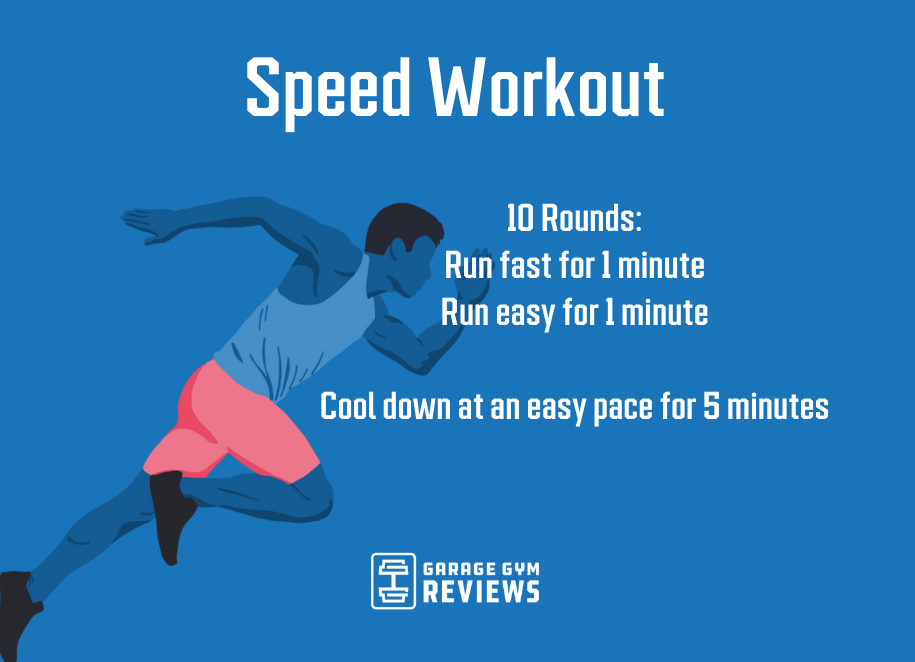Control Your Runs: Proven Strategies for Effective Running Workout
Control Your Runs: Proven Strategies for Effective Running Workout
Blog Article
Handling Typical Running Discomforts: Causes, Solutions, and Prevention
As joggers, we usually run into various discomforts that can impede our efficiency and enjoyment of this physical activity. By exploring the origin reasons for these operating pains, we can discover targeted services and preventative measures to make certain a smoother and more satisfying running experience.
Usual Running Discomfort: Shin Splints
Shin splints, an usual running pain, often result from overuse or incorrect footwear during physical activity. The repetitive tension on the shinbone and the cells attaching the muscle mass to the bone leads to inflammation and discomfort.
To avoid shin splints, people should slowly raise the intensity of their exercises, put on suitable footwear with proper arch assistance, and maintain adaptability and toughness in the muscle mass surrounding the shin. If shin splints do happen, first treatment involves rest, ice, compression, and elevation (RICE) In addition, incorporating low-impact tasks like swimming or cycling can help maintain cardiovascular health and fitness while permitting the shins to recover. Relentless or serious situations might require clinical assessment and physical treatment for effective management.
Typical Running Discomfort: IT Band Syndrome
Along with shin splints, one more prevalent running pain that athletes usually experience is IT Band Syndrome, a problem triggered by swelling of the iliotibial band that leaves the outer upper leg and knee. IT Band Syndrome usually manifests as pain on the outside of the knee, especially during activities like running or cycling. The iliotibial band is a thick band of fascia that connects the hip to the shin, and when it becomes irritated or limited, it can rub versus the thigh bone, resulting in discomfort and discomfort.
Joggers experiencing IT Band Disorder may observe a painful or aching sensation on the outer knee, which can intensify with ongoing task. Variables such as overuse, muscle discrepancies, inappropriate running type, or inadequate workout can contribute to the development of this problem.
Common Running Pain: Plantar Fasciitis

Plantar Fasciitis can be associated to different variables such as overtraining, inappropriate footwear, running on hard surface areas, or having high arches or level feet. To stop and reduce Plantar Fasciitis, runners can include extending exercises for the calves and plantar fascia, put on helpful shoes, preserve a healthy and balanced weight to decrease stress on the feet, and slowly enhance running strength to prevent sudden anxiety on the plantar fascia. If symptoms continue, it is advised to seek advice from a medical care specialist for correct diagnosis and treatment choices to address the condition effectively.
Usual Running Discomfort: Jogger's Knee
After dealing with the difficulties of Plantar Fasciitis, another common issue that joggers typically deal with is Runner's Knee, an usual running pain that can prevent sports performance and create discomfort during exercise. Jogger's Knee, additionally referred to as patellofemoral discomfort disorder, manifests as pain around or behind the kneecap. This condition is frequently credited to overuse, muscle mass discrepancies, incorrect running strategies, or troubles with the alignment of the kneecap. Joggers experiencing this discomfort might really feel a plain, hurting discomfort while running, going up or down stairways, or after extended periods of sitting. To avoid Jogger's Knee, it is vital to include proper workout and cool-down routines, maintain solid and balanced leg muscles, wear appropriate shoes, and slowly enhance running strength. If signs linger, inquiring from a health care specialist or a sports medication professional is suggested to diagnose the underlying cause and establish a customized therapy strategy to minimize the pain and protect against further difficulties.
Typical Running Pain: Achilles Tendonitis
Typically afflicting joggers, Achilles Tendonitis is an agonizing condition that affects the Achilles ligament, creating pain and potential limitations in physical activity. The Achilles tendon is a thick find out here now band of tissue that links the calf muscle mass to the heel bone, essential for tasks like running, jumping, and walking - take a look. Achilles Tendonitis frequently creates as a result of overuse, inappropriate shoes, inadequate extending, or unexpected rises in physical activity
Signs And Symptoms of Achilles Tendonitis consist of discomfort and tightness along the ligament, especially in the morning or after periods of lack of exercise, swelling that worsens with activity, and potentially bone stimulates in chronic cases. To avoid Achilles Tendonitis, it is important to stretch appropriately before and after running, use suitable shoes with appropriate assistance, progressively raise the intensity of exercise, and cross-train to lower repeated stress on the ligament. Treatment may entail rest, ice, compression, altitude (RICE method), physical therapy, orthotics, and in extreme situations, surgical procedure. Early intervention and appropriate care are critical for handling Achilles Tendonitis successfully and stopping long-term complications.
Final Thought

Report this page